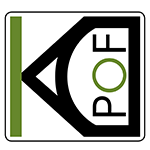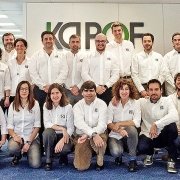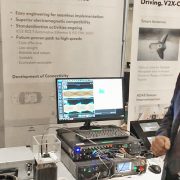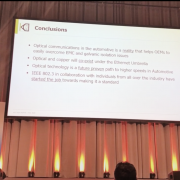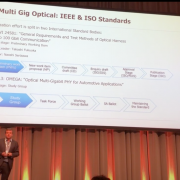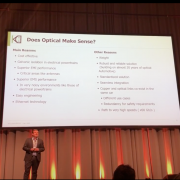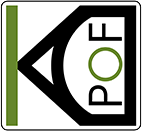Dear clients and partners,
We’re reaching out to inform you that in view of the world situation with COVID-19, we’re continuing our activities without disruption. The commercial, administrative support and development teams are carrying on their efforts, aiming to give you the best service. Of course, we’re also working to ensure the health of all our employees and partners.
If you have any questions, please contact our team members through their individual emails; alternatively, if you have their individual phone numbers, please don’t hesitate to use them. Due to limited physical attendance at the office, the corporate switchboard number may not be operative.
We would like to take this opportunity to send our best wishes to you and your family.
Cordially,
Your KDPOF team
